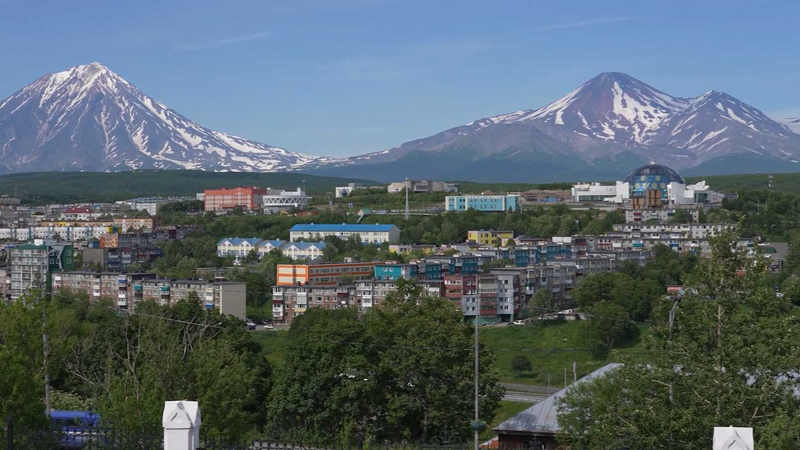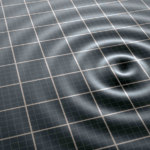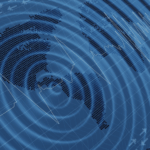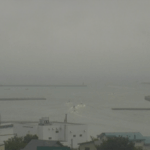The 2011 Tōhoku tsunami footage remains etched in global memory – a visceral reminder of nature’s indifference to human borders. Last week, Russia’s Kamchatka Peninsula trembled under a magnitude-8.7 earthquake, reigniting conversations about our fragile coexistence with Earth’s raw power.
From Japan’s coastal towns to Siberia’s volcanic frontiers, disasters expose humanity’s shared vulnerability. Seismologists note that the Kamchatka quake released energy equivalent to 32,000 Hiroshima bombs, yet caused minimal damage – a testament to improved preparedness. But as climate change intensifies weather extremes, experts warn that such fortune may not last.
Dr. Lin Wei, a geophysicist at Beijing University, observes: "When tectonic plates shift, they don’t consult political maps. Our response must be equally boundaryless." This sentiment echoes through recent ASEAN disaster-response drills and cross-strait scientific collaborations in earthquake prediction technology.
The article’s central metaphor – Earth as a "tiny blue ball" – gains urgency as satellite data reveals accelerated polar ice melt. With 60% of Asia’s population living in coastal zones, environmental protection transitions from policy debate to survival imperative.
As night falls over Kamchatka’s smoking craters, one truth emerges: In the face of planetary forces, humanity writes its destiny collectively – or not at all.
Reference(s):
cgtn.com








